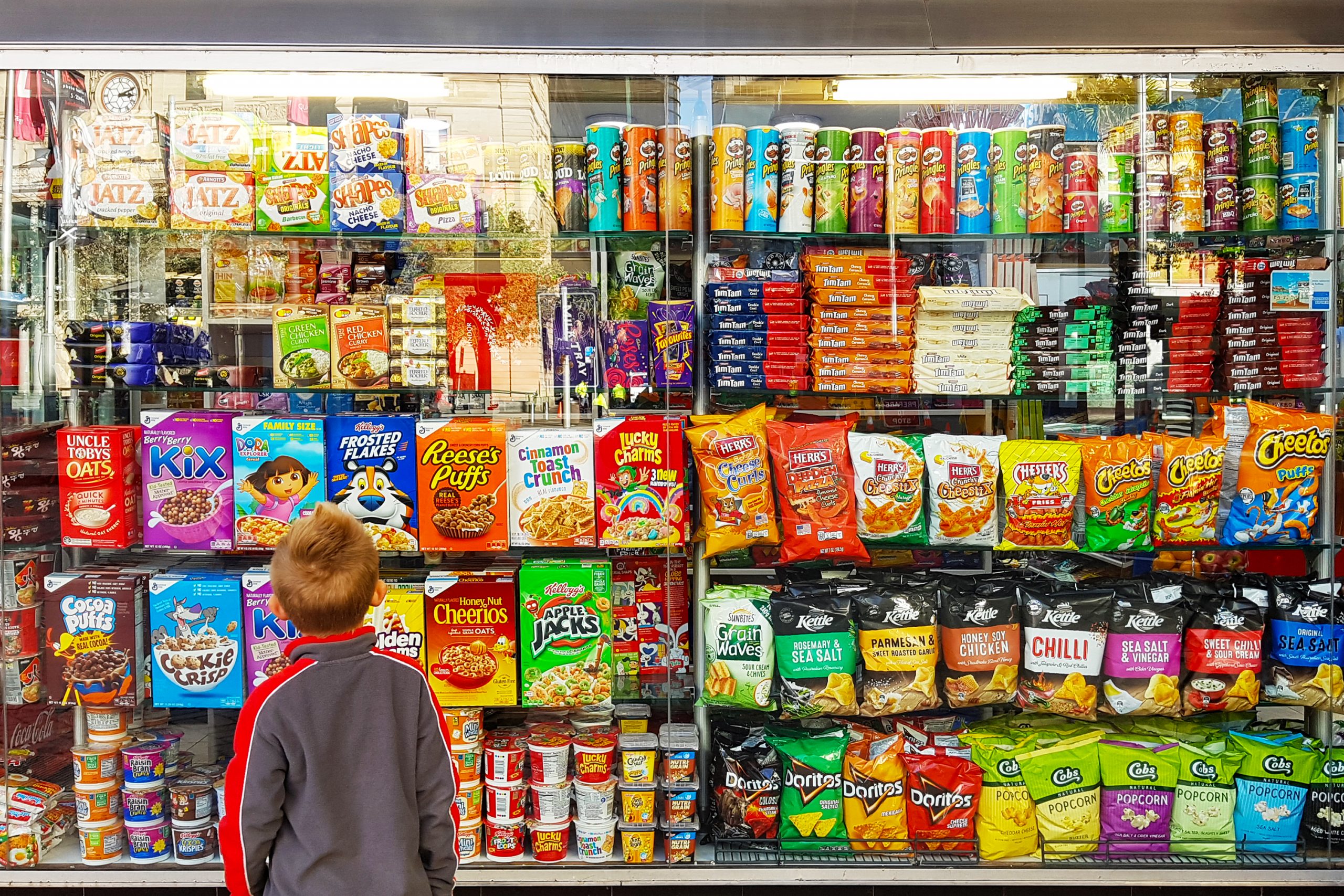Athens, high noon in a heatwave. The mercury’s flirting with 40 degrees Celsius, the asphalt’s aglow, and the concrete’s baking in the sun. But so are the croissants, biscuits, crisps, chocolate bars and other packaged foods, including bottled water, exposed to high temperatures—and, sometimes, ultraviolet radiation—in kiosks, cafeterias and mini-markets. Products we will all buy and consume at some point, unaware of the potential impacts on our health. Impacts that do not only stem from the risks posed by spoiled foodstuffs, since they also include the transfer of microplastics from packaging to food and from there into our bodies.
These are just some of the challenges that extreme summer heatwave poses for food safety, as high temperatures and ever more frequent heatwaves impact every stage in the production, transportation and distribution of the products we consume. These challenges, however, are not limited to points of sale for packaged foodstuffs—we need to take care in our own kitchens, too.
Chemical compounds hazardous to our health
The image of packaged food or water bottles baking in the summer sun is a common one, especially in sales outlets that do not shelter their products from the heat and the sun’s rays. Common as it is, the practice is also dangerous.
“Bottled water should not be exposed to the sun, since there’s a risk of the packaging deteriorating,” Yannis Katsogiannis, associate professor of Chemistry at the Aristotle University of Thessaloniki and president of the Association of Greek Chemists, explains to TA NEA. As he notes, bottled water comes in plastic bottles made of PET (polyethylene terephthalate), a chemical compound that can leach microplastics into the water and a range of potentially hazardous chemical compounds, including endocrine disruptors, when exposed to sunlight. The rate of release increases over time and as the temperature rises. “So imagine what can happen to bottles of water that have been left in the sun for hours and days at localized temperatures that can reach 50 degrees Celsius!”
Professor Katsogiannis stresses that exposure to high temperatures and a heatwave can also cause foodstuffs to deteriorate “chemically and physically, as well as microbiologically.” Chemical deterioration, he notes, mostly relates to “chemical reactions that take place because of the rise in temperature and exposure to radiation and humidity,” while microbiological deterioration occurs due to “the emergence of microorganisms that can detract from the taste, smell and appearance of the food and release dangerous toxins.
Dimitris Makris, Associate Professor in the Department of Food Science and Nutrition at the University of Thessaly, also raises the alarm about microplastics leaching into the products we ingest when high temperatures and UV radiation accelerate the breakdown of plastic packaging. “In recent years, more and more research has shown that microplastics do leach from certain types of packaging into food,” he says, stressing that improvements in analytical methods are making it “clearer that the microplastic content in the products we consume could well be much higher than was previously thought.”
Microbial deterioration and food-borne infections due to heatwave
But what are the health risks posed by food that has been repeatedly exposed to high temperatures and UV radiation? According to Katsogiannis, they mainly stem from bacterial growth that can cause food-borne diseases and food poisoning, which is “caused by various pathogenic micro-organisms, many of which belong to the genera Salmonella and Shigella, while the bacterium Listeria has also been linked to food poisoning”.
Salmonella, shigella, campylobacter and E. coli are the bacteria behind some of the most common food-borne diseases, according to the Greek National Public Health Organization. Campylobacter infection and non-typhoidal salmonellosis were the most prevalent food-borne diseases in the European Union in 2022, with 137,107 cases of campylobacter infection and 65,208 of salmonellosis. Over the same year, in Greece, there were 302 instances of campylobacter infection and 640 of salmonellosis, with reported cases generally increasing over the summer months.
As for the symptoms, these vary depending on the type of micro-organism involved, but the most common are vomiting, diarrhea and a fever. The intensity and likelihood of symptoms occurring depend on the number of microorganisms consumed with the food and the resistance of the organism.




